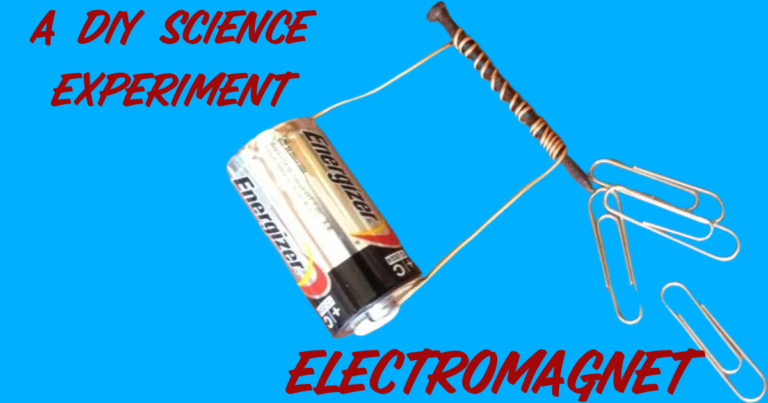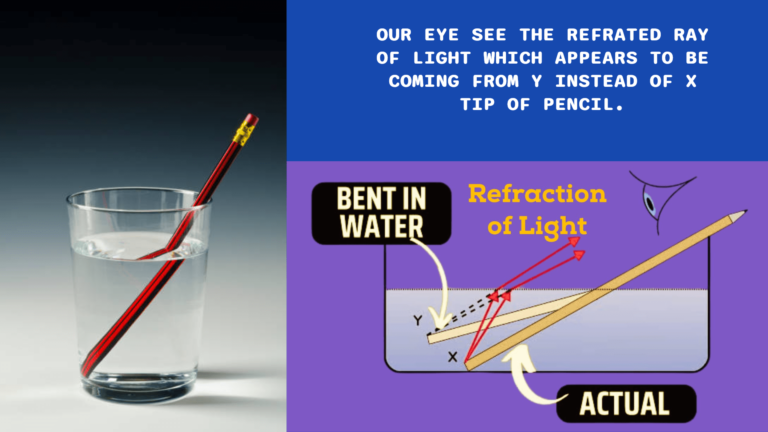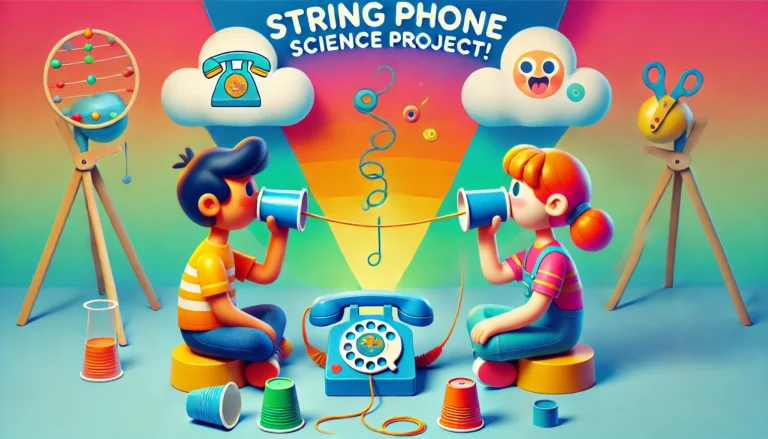Wind Direction Indicator School Project
This a school project for growing Kids typically for class 3 to class 5 Students. We say this level of kids of Level 2 ,a one level up compared to pre-school and early learning stages.
PROJECT OVERVIEW
This project titled as “Wind Direction Finder’ is an creativity mind based a good project which aims to familiarize kids to Arts and crafts item and how they can be used in an interesting way to make some creative . That do some meaningful things.
This project is used to find out the direction of flowing wind.
MATERIALS REQUIRED
Coloured Card

Modeling Clay
Scissor

Ruler

TACK
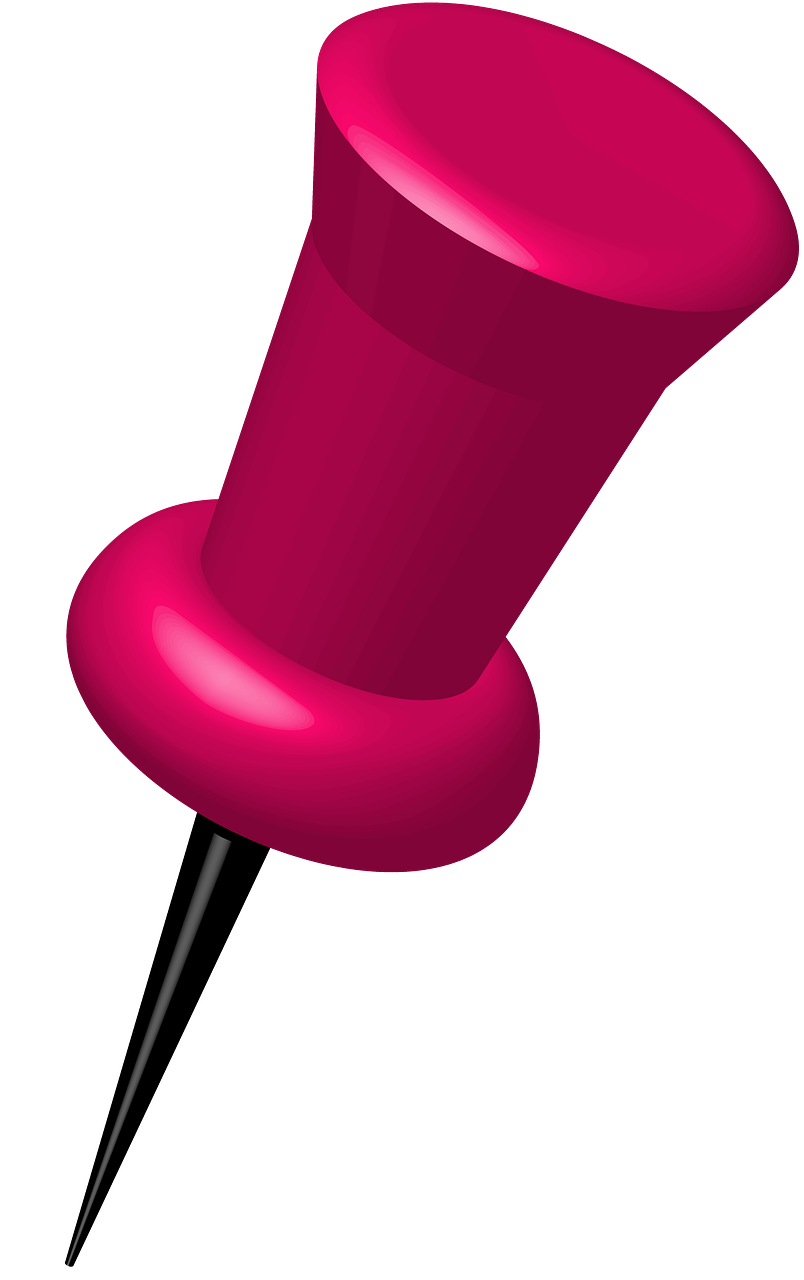
Straw and Pencil with Rubber
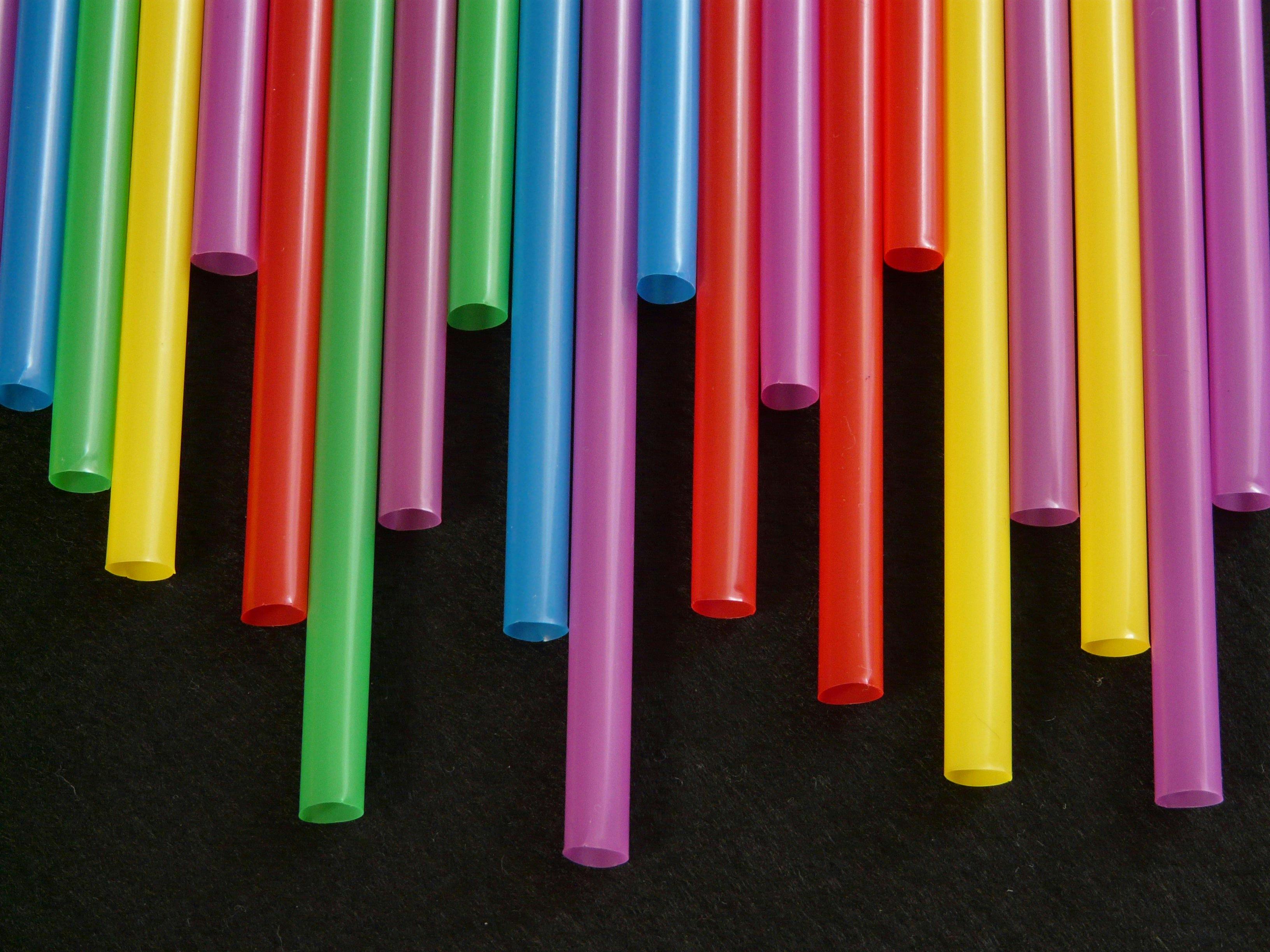

Plastic Pot
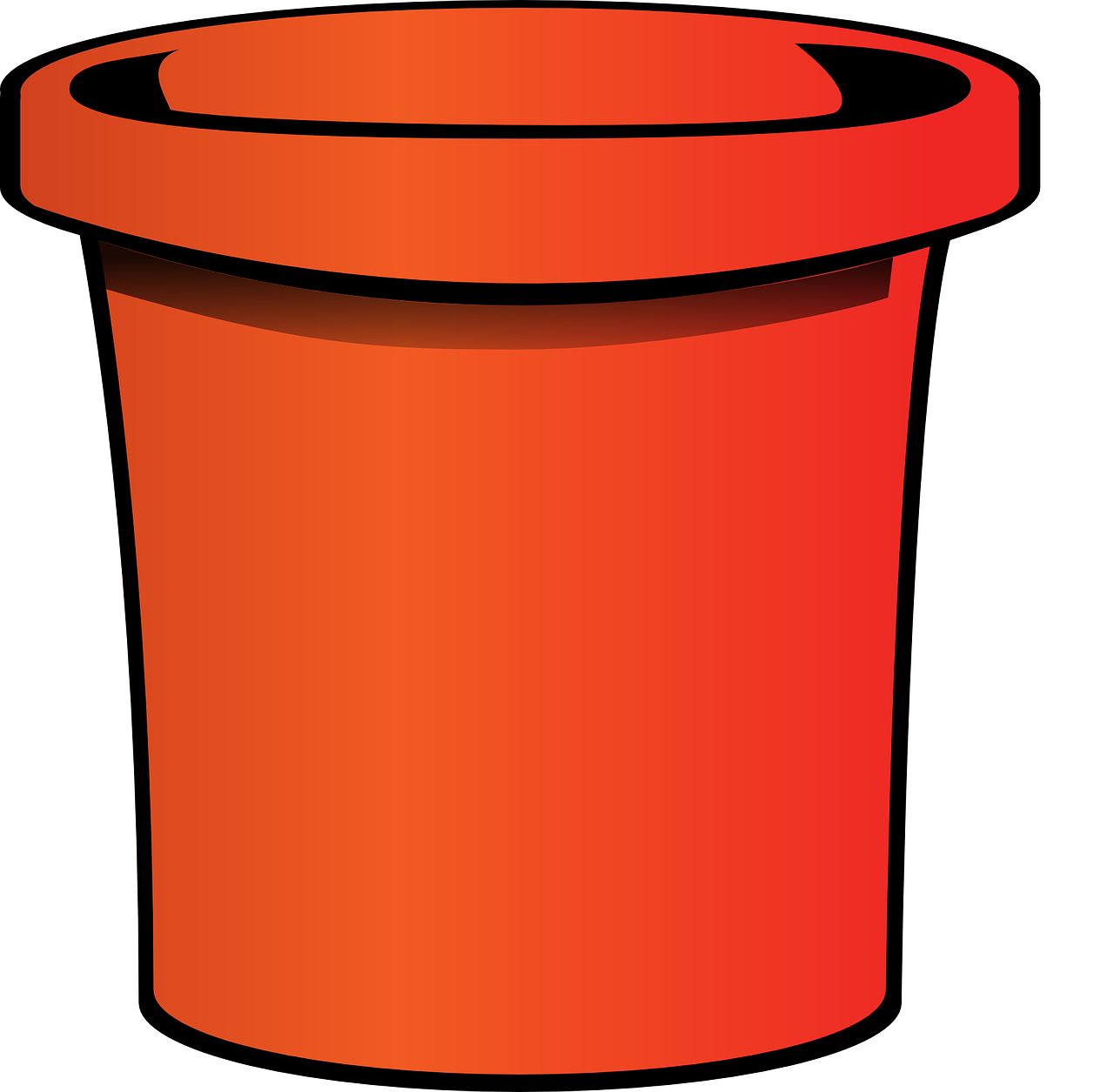
Glue Stick

STEPS TO COMPLETE THIS PROJECT
STEP 1
Hold the pot from one hand. Using Scissor and pencil make a hole into the base of the pot and insert the pencil .Make sure that the Rubber end of the pencil keeps out of the container.
STEP 2
Take the coloured card paper and cut out 4 nos of small triangles and two large triangle.
STEP 3
Write down direction names NORTH, SOUTH, EAST & WEST on these 4 small triangles .Now, you are tasked to glue the 4 small pieces of triangle to the pot upper end. See the picture the manner and position of small triangles.
STEP 4
Next hold the plastic straw from one hand and make a small slit at both ends.
Insert the arrow end of one triangle into the slit of straw and the base end into the upper slit of straw. In this way ,both triangle points in the same direction like shown in the picture. We call this as ‘Vane’.
STEP 5
Using the scale, mark the mid point of straw. Then, insert the tack pin into the marked mid-point of straw and further into the rubber of pencil. Make sure that the ‘Vane’ rotates easily.
STEP 6
As a last step of this project, take the modelling clay and make a ring like shape . Then, Fix the pot into the clay firmly so that the final project does not topple down due to flow of air.



